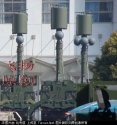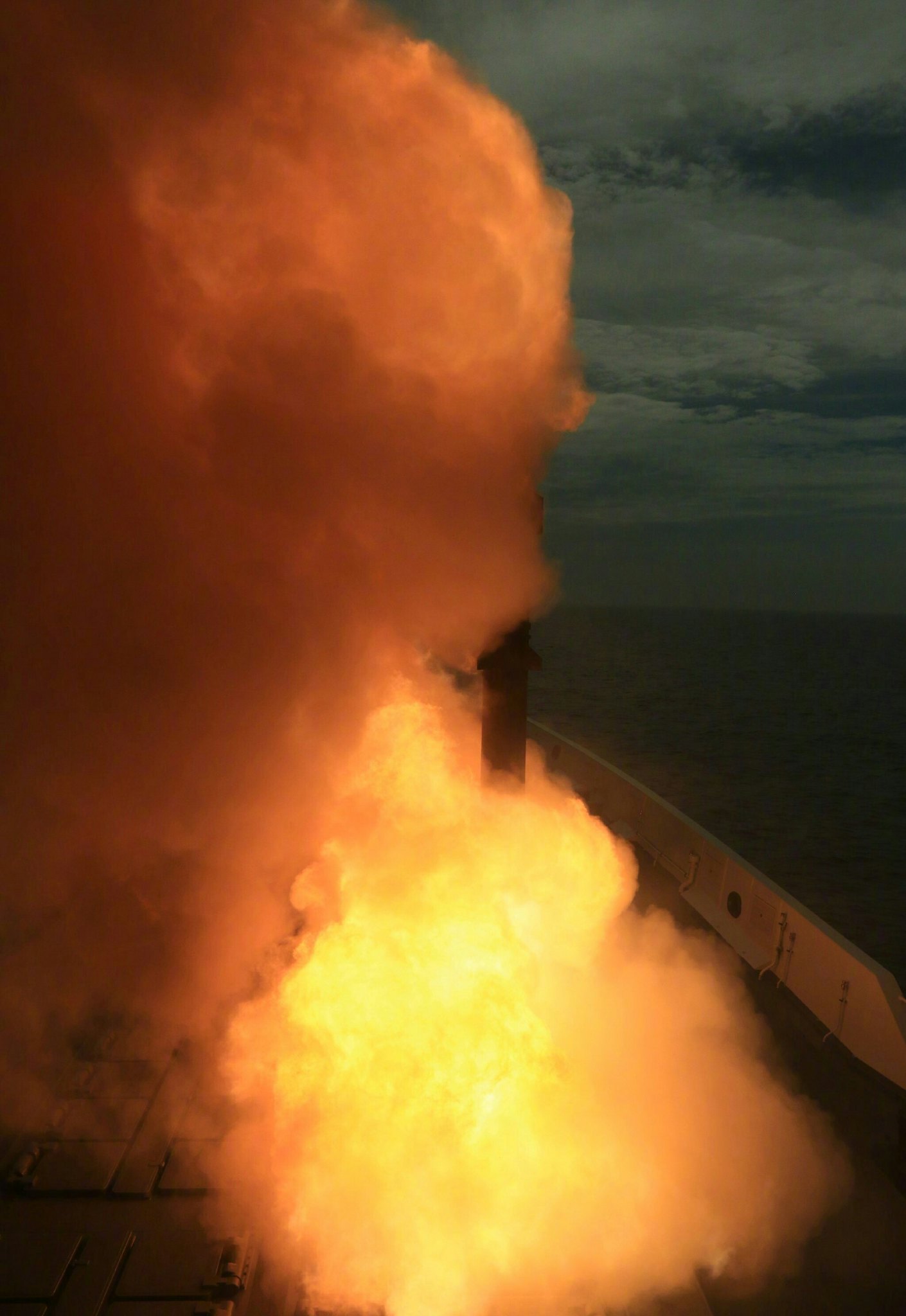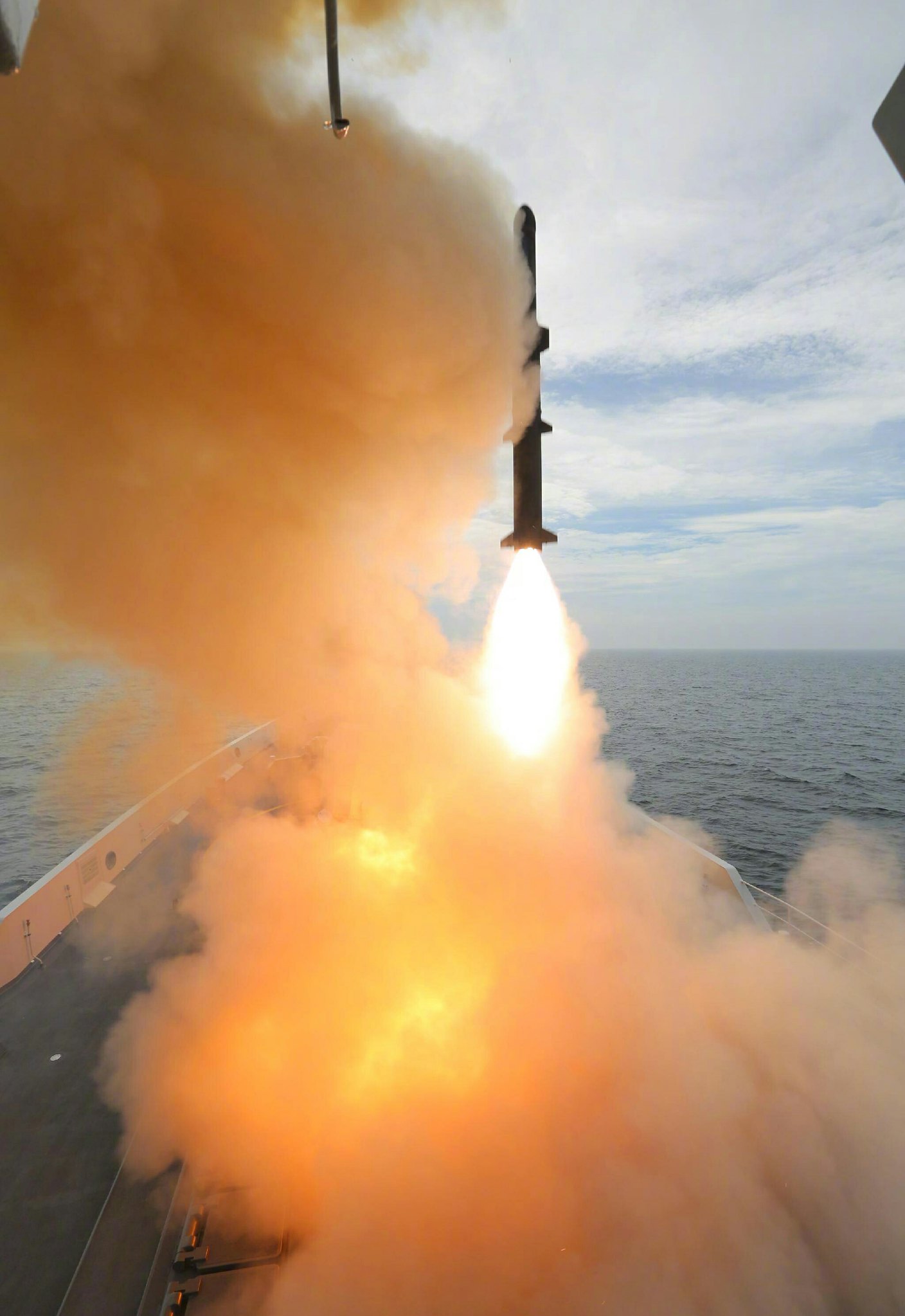Bluntly speaking, the Chinese Navy will not be a position to waste warships on long-distance convoy shipping for another 15+ years.
Remember that in a high-intensity conflict, the 1st and 2nd island chains will still be contested ocean.
Targets on the Chinese mainland would still be subject to attack.
So how useful is it to divert resources to long-distance convoy frigates?
Oh? You think that long distance convoy frigates can't be the same ships that can be used to push your naval dominance to the 1st and 2nd island chain? Its more likely it would be the same ships.
And there are 100+ AEGIS warships and 10 carriers which could easily dominate the waters beyond the 2nd island chain.
Chinese Frigates can't survive in that environment.
Ships are not afraid of other ships per se. What the future Chinese frigate needs to be is survivability versus Growlers, LRASMs, JASSMs, NSMs and so on. It doesn't matter if you have 32 VLS, 64 VLS or 112 VLS. This is a sensor and networking intensive job, and with the advancing state of technology, there is nothing there you can't exempt a frigate from having this sensor and networking capability. You seem to forget that AEGIS like technologies can be used with frigates and has been done many times already.
But as long as the South China Seas are relatively secure, China's long-distance shipping can be intermingled with that from all the ASEAN nations.
This fails to consider your can cut off access to the SCS via the Indian Ocean and the Pacific Ocean.
Remember that China is the same size as the continent spanning USA, so China can be largely self-sufficient within its own borders.
I don't think so, considering how much oil China imports from the Middle East, how much minerals they import from Africa, Australia and South America, and how much food they import from Australia and South America.
Particularly with overland trade with its neighbours and some of those seaborne trade links.
Overland trade is not enough.
Plus I wouldn't categorise thinking as Xi Jinping or Jiang Zhemin or Hu Jintao.
It's requirements versus resources available for given timeframes in the future.
There is a difference between all three when it comes to their vision of China. Xi Jing Ping is certainly the most ambitious and the most global.
In the Orbat thread, remember that my minimum estimate is a Chinese Navy equivalent to the US Navy.
But I think it more likely that the Chinese Navy will be 50% larger in the long-run.
You cannot assume that production of the same type of ship will continue indefinitely. 30+ 052D is probably enough, the design of the ship itself is already teethering on the edge of obsolescence. Its current radar setup is in need for an overhaul, as secondary radars are outdated, complicated and redundant and can be rationalized with fewer and more advanced radars. A successor to the 052D is needed, but one that can't be more expensive. It needs to be cheaper, yet more capable.
However naval ships (particularly carriers) take a long time to build.
It's going to be at least 2035 before the Chinese Navy has 6 carriers, potentially for use beyond the 2nd island chain.
Hence the focus on the 1st and 2nd island chains first.
Exactly where the advanced frigates comes in. In order to attain the significant and concentrated numerical superiority the PLAN strives to, you cannot rely on Type 055 and 052D alone. You need a new breed of advanced frigates.
Relative to PPP, a Chinese $900M Type-55 probably feels like the US$1800M Arleigh Burke. I think $3 Billion is too high.
Note I also added in the example of a Type-52D destroyer which is only half the cost of a Type-26 or FFG(X).
From a PPP perspective, they are all around $1000M. But a destroyer should be able to sink a Frigate comparatively easily.
What? A destroyer would take as much trouble to sink another frigate as it would take a destroyer, assuming the frigate has advance AAW defensive capabilities.
So it makes sense for the Chinese Navy to buy actual destroyers, if they want to send them against those Frigates.
But doing so doesn't make sense, because long-range airborne detection and strike is a far superior method.
If you are to take a frigate with sufficient level of electronics advancement, a destroyer will have a hard time beating the frigate. Let's take an Arleigh Burke, versus a German Sachsen class, or a Dutch De Seven Provincien class, or a Spanish F100/Hobart class, or a French or Italian FREMM, the Australian Hunter class, even the USN FFG(X). The only time the advance frigate would lose if when the frigate runs out of missiles, which can include quad pack SAMs, but then again, the frigate can still use its guns, CIWS, decoys, and ECM to counter missiles, enough to potentially lead to a draw as the opposing destroyer runs out of antiship missiles. A modern advanced frigate has a very good chance of stopping at least 16 to well over 32+ antiship missiles thrown at it, maybe even more, and this is more antiship missiles destroyers will have since a destroyer will likely have more SAMs than antiship missiles. 32 VLS with quad packing means 128 short to medium ranged SAMs, and that would take a lot of missiles to overwhelm.
I agree with your statement.
At the time, the Type-54 Frigate was the best ship that Chinese industry could produce. I remember when they first came out.
And those 30+ ships are never going to waste, because they are still good for Convoy and ASW duties.
But now Chinese industry is capable of producing high-end AEGIS destroyers, and needs to focus on these.
Anyway, back on topic now.
What you have forgotten is that the Chinese industry is now capable of producing the next generation of AEGIS like frigates if you allow it to. Something in line with FFG(X), FREMM, the Sachsen class, the Iver Huitfeldt class, the De Seven Provincien class, and the Admiral Gorshkov class. Or AEGIS like light destroyers, which is just a matter of terminology, like for example, the Akizuki and the Asahi class. The FFG(X) costs only $850 million and the Asahi class only cost $660 million. Yet for well less than $1 billion, you have a ship that offers all around AESA phase arrays scanning all 360 degrees around the ship, detect targets for hundreds of kilometers, track hundreds of targets, and engage multiple targets concurrently.
If you fail to do so, it would be your Type 055s and 052Ds that have to deal with advanced frigates and light destroyers that can be mass produced like FFG(X), Hunter class, Akizuki class, Type 26 or FREMM. All these smaller ships still have astounding defensive capabilities and can still neutralize the offensive capabilities of your more expensive ships. That's why these modern frigates exist.










